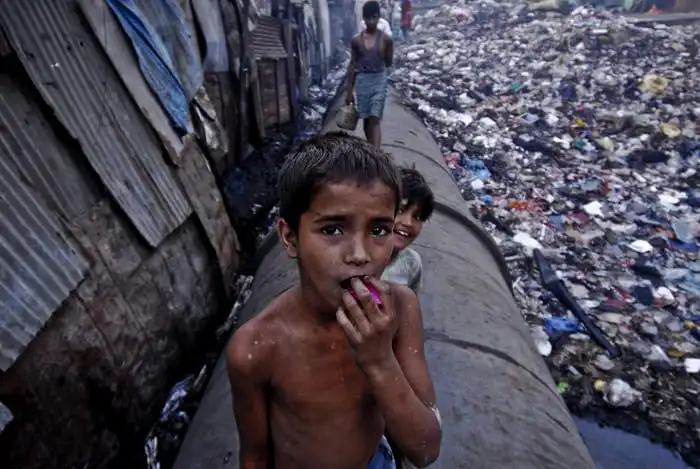10. Bangladesh
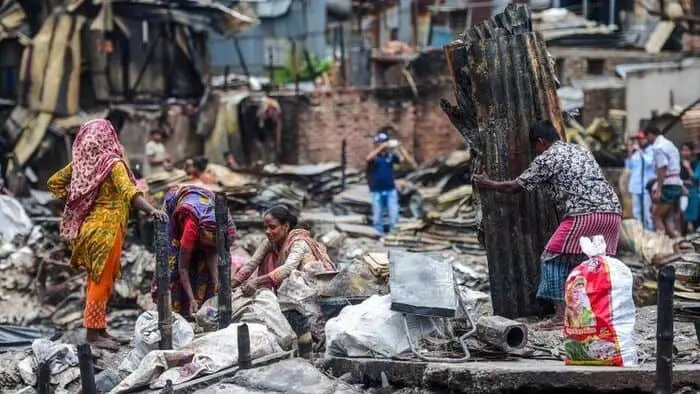
Bangladesh is a country in Asia’s southern hemisphere. The People’s Republic of Bangladesh is its official name. This is one of those countries where a lot of migration occurs among its citizens, and some of them may be seen working in countries like Malaysia. The country’s population is expected to be 163 million people, with a land area of 56,980 square miles. For the time being, the country is one of Asia’s poorest. It barely has an $1880 GDP per capita. Bangladesh’s high poverty rate is primarily due to the country’s unfavorable political beginnings. Bangladesh’s acrimonious political beginnings have now resulted in the country’s lack of progress.
9. North Korea
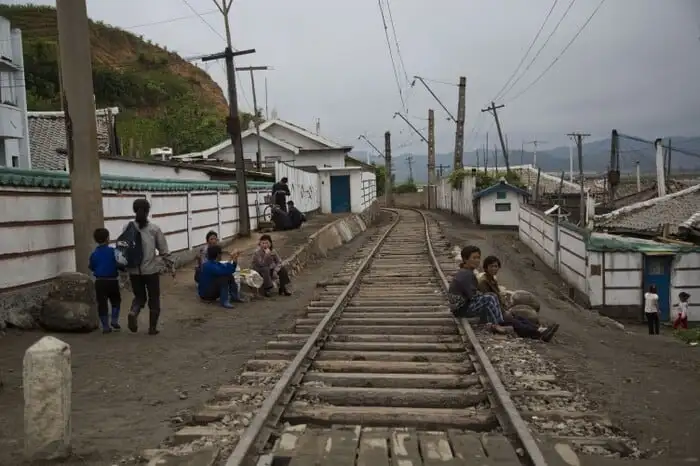
Although North Korea may be Asia’s poorest country, the country’s notoriously secretive leadership rarely provides data, so economists must rely heavily on expert estimates. The authoritarian regime’s weak governance is blamed for North Korea’s poverty. In North Korea, the free market is almost non-existent. Currently, it is estimated that over 60% of North Korea’s population lives in poverty.
8. Pakistan
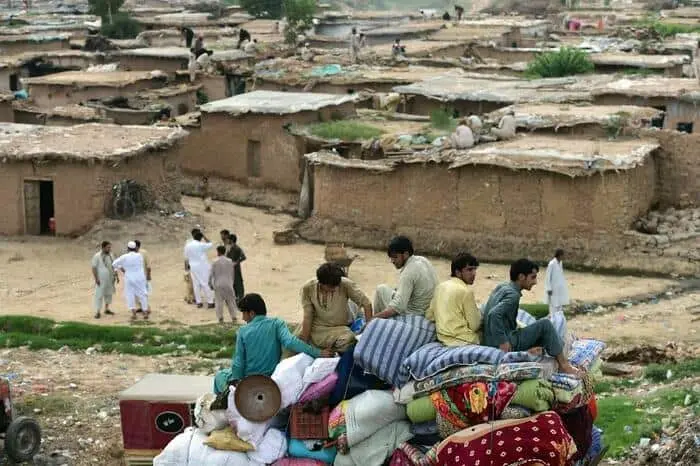
Despite having the world’s 25th largest economy in terms of purchasing power parity (PPP), Pakistan’s GDP per capita is low for a variety of reasons, including many years of war, militant insecurity, internal political disputes, a high population growth rate, importing more than exporting, social instability, post-9/11 military operations in Afghanistan, recurring droughts, economic sanctions, and regional and global financial crises. In Pakistan, the wealth disparity between rich and poor is wide, leaving the bulk of people on the poor side of life.
7. Cambodia

Cambodia is a Southeast Asian country. The land area of the country is 69,898 square miles. Cambodia’s population is estimated to be above 15 million people. With a GDP per capita of $1600, the country is also one of Asia’s poorest countries. The high degree of insufficient education is one of the key reasons to the country’s high poverty rate. Most public schools in Cambodia lack essential equipment that would aid pupils’ success. This aspect contributes to the country’s high dropout and unemployment rates.
6. Myanmar
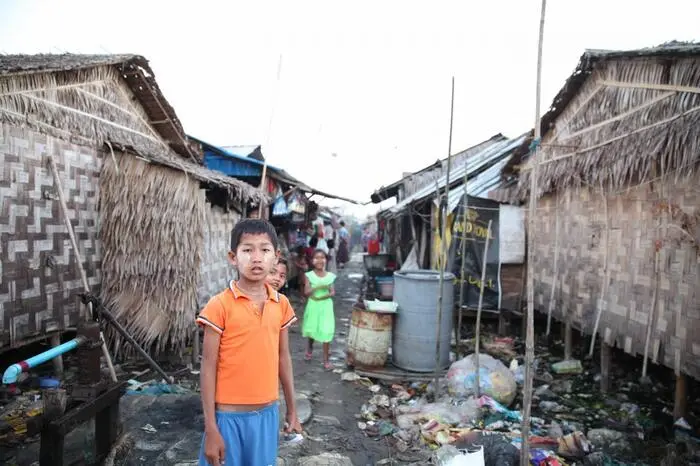
Myanmar is a Southeast Asian country. Burma was Myanmar’s previous name. The country’s land area is 265,228 square miles, and its population is projected to be 54 million people. Around 26% of Myanmar’s population lives in poverty, with rural areas accounting for 70% of the country’s population. Poor government planning, internal unrest, a lack of foreign investment, a huge trade deficit, and insufficient infrastructure and know-how to take advantage of the country’s natural resources are the key contributors to slow economic growth.
5. Nepal

Nepal’s narrative is unique in that it was validated and qualified to be designated as a developing country between 2015 and 2018, yet the government chose to remain on the list. This is because the Nepali government still believes that the moment hasn’t arrived for the country’s economy to reach its full potential because there are still several issues to address.
The country’s exports are still tiny, and its GDP per capita is only $1071. Despite these dangers, the administration has elected to be labeled as Asia’s poorest country.
4. Tajikistan
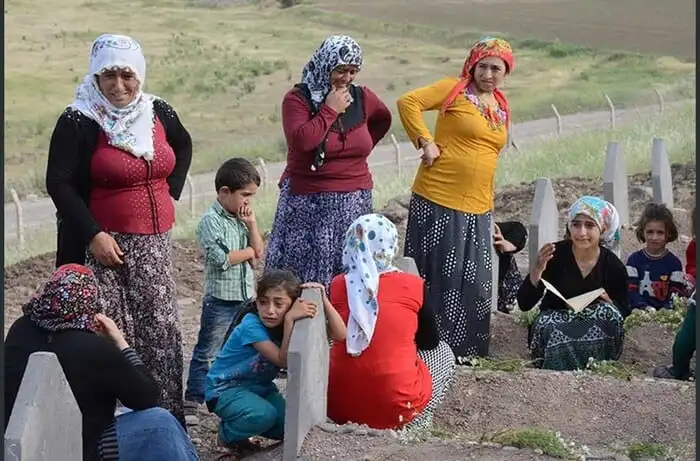
Tajikistan is a sovereign republic in Central Asia that is formally known as the Republic of Tajikistan. According to the 2013 census, the country’s population is predicted to be around 8 million people. It is also one of the poorest countries on the Asian continent. It is bordered on the south by Afghanistan, on the west by Uzbekistan, on the north by Kyrgyzstan, and on the east by the People’s Republic of China. The land that is now Tajikistan was formerly home to a number of ancient cultures, including the Neolithic and Bronze Age city of Sarazm, as well as kingdoms controlled by people of various religions and cultures. Various empires and dynasties have dominated the region, including the Achaemenid Empire, the Sassanid Empire, the Hephthalites, the Mongol Empire, and others. Tajikistan gained freedom from the Soviet Union in 1991. Following independence, a civil war erupted, lasting approximately 5 years. Since the end of the conflict, the country has relied primarily on foreign aid to survive. Despite the fact that the country’s economy is still based on aluminum and cotton production, approximately 30% of the population lives on less than $1.25 per day.
3. East Timor
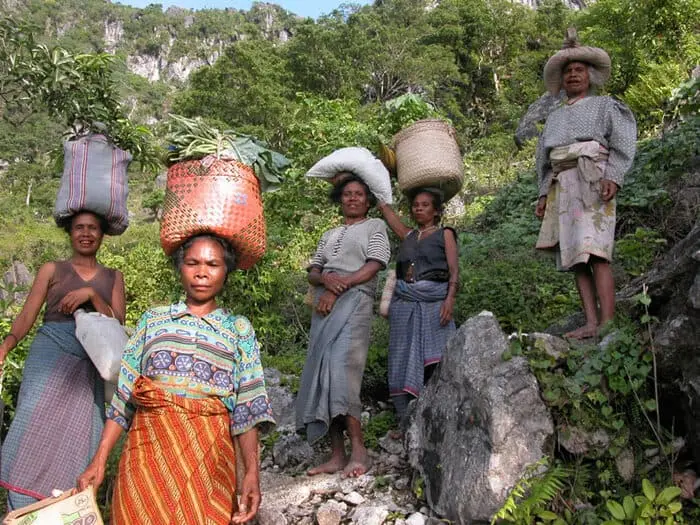
The country, which is near to Indonesia, is having difficulty growing its economy due to a number of factors, including a country that is continually flooded with water, natural disasters, and difficulties building its own local industry. Even if the country’s overall GDP per capita is not awful, the country’s economy has been unstable, and its geographical location has made it difficult for the country to escape this hardship. Due to additional considerations, Timor-classification of Leste’s as a developing country has been postponed until 2021, when it will be re-evaluated.
2. Afghanistan

Despite the influx of foreign aid and remittances from the Afghan diaspora over the previous decade, Afghanistan’s GDP remains low. Insecurity, inadequate infrastructure, terrible economic practices, political uncertainty, endemic corruption, poverty, and being landlocked are all factors that contribute to the low GDP per capita, which raises the cost of doing business and diminishes competitiveness. However, there are hints that the economy of the country may expand. The collapse of the Taliban, increased exports, vast mineral riches, and growing governmental determination to address human poverty, for example, all point to a bright future for Afghanistan.
1. Yemen
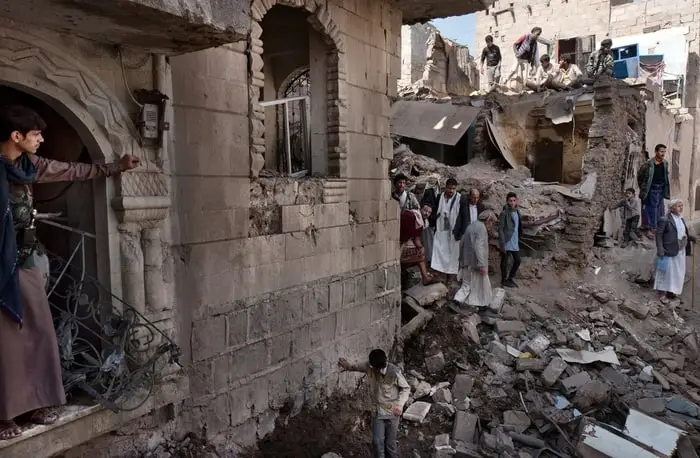
Yemen is a country in Western Asia with a per capita GDP of $1080. The landmass of the country is 203,850 square miles. Yemen still has the highest poverty rate in the Arabian Peninsula. Over 11.7 million people are now living in abysmal poverty as a result of ongoing wars. Yemen may become the poorest country in the world by 2022, according to its current poverty level. Despite this, Yemen is plagued by terrible diseases. Several outbreaks of cholera, measles, dengue fever, and other deadly diseases used to occur often. The country does not have enough food to provide for its population, resulting in widespread malnutrition. Yemen has a major problem that is preventing the country from progressing, such as a lack of clean water, which is one of the country’s major challenges. Due to severe malnutrition, about 2 million Yemeni youngsters require immediate treatment. Yemen currently survives primarily on international donations from organizations such as UNICEF and the United Nations.
